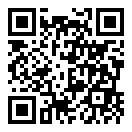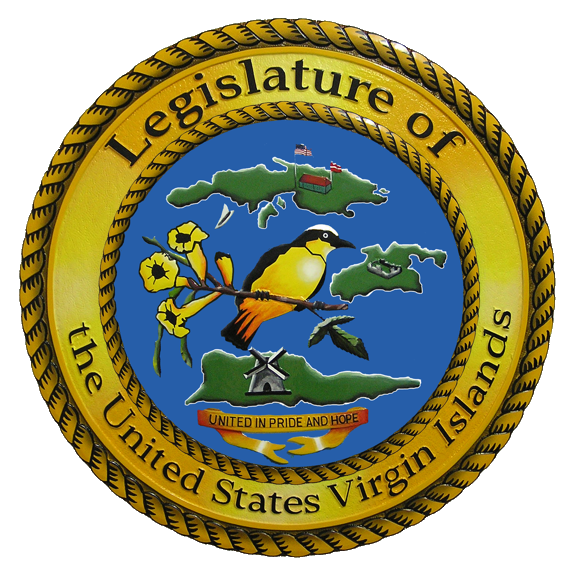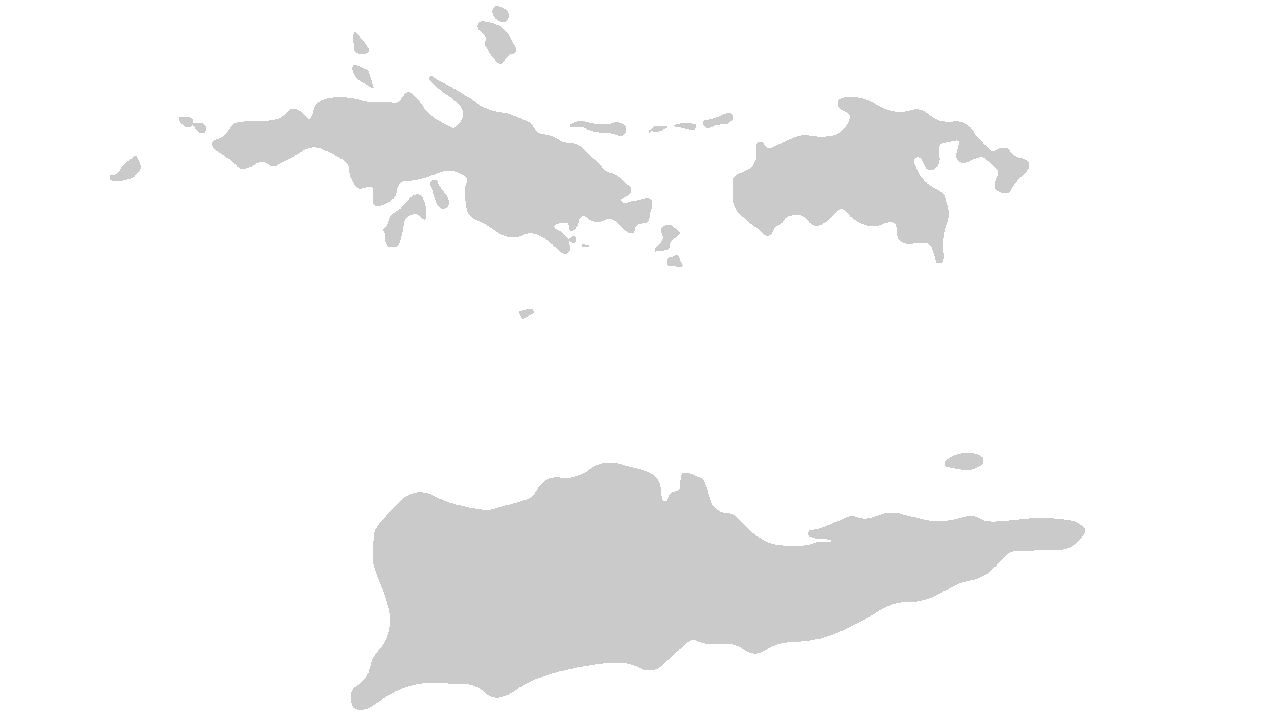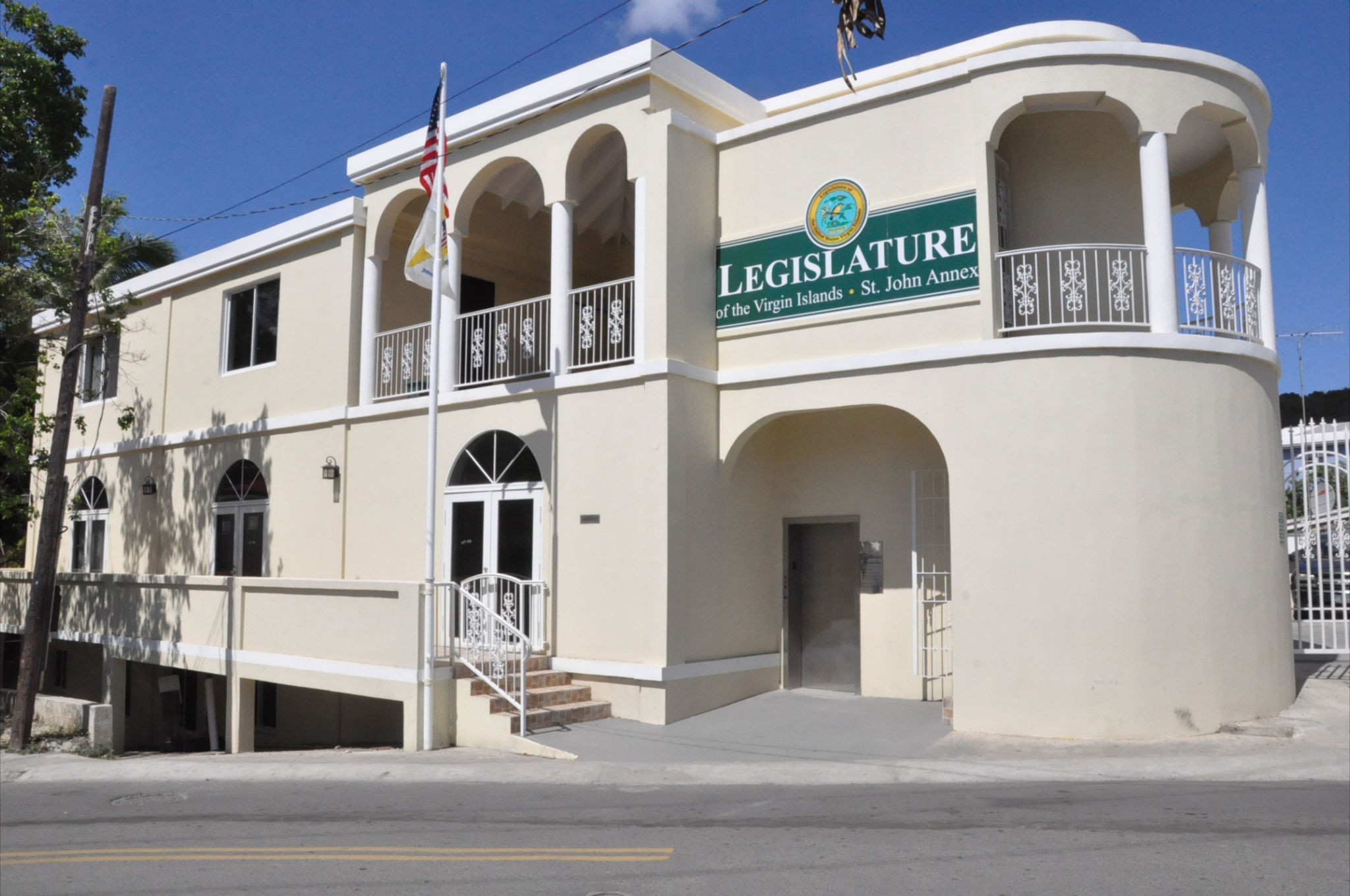NCSL ON-SITE TRAINING
| Agenda | |
| Date and Time | Subject |
| Thursday, March 3, Earle B. Ottley Legislative Hall, St. Thomas | |
| 9-9:30 a.m. | Welcome and Introductions |
| 9:30 – 10:45 a.m. | Committee Chair Reboot With several months of session under your belt, now is the time to hone your chairing skills. You now know what questions to ask, what issues still cause you trepidation and where you need clarity. This roundtable discussion, led by NCSL experts as well as experienced legislators will focus on your specific scenarios, insight, skills and practical advice needed to be a strong committee chair. |
| 11 – Noon | Bursting Your Bias Bubble How to Broaden our Perspective in a Polarized World The proliferation of mass media and technology in the last 20 years has created a paradox: despite easy access to every possible perspective and point of view, we find ourselves increasingly locked within an echo chamber of our own opinion. This dynamic not only increases our political polarization and interpersonal conflict, but it also robs us of the ability to develop our own information literacy and critical thinking skills. In this module we will examine the forces that create this “bias bubble,†and explore methods that allow us to escape it, broadening our perspective, and enriching our knowledge lives. |
| 1 – 2:30 p.m. (Only for newer legislators who are new to drafting bills)
| New Drafter Training (60-90 minutes) This program is meant to introduce new legislative drafters to the topic of using definitions in statutes. The program addresses various drafting considerations, including: 1.    How to determine whether it is necessary or appropriate to define a term that appears in a statute. Structure of a statute/pieces and parts of legislation. 2.    The different functions that a definition may serve in a statute. 3.    The placement of definitions within the statutes. 4.    Options for structuring definitions. 5.    The pros and cons of defining a term by reference to another statutory definition or a source outside the statutes. 6.    Defining technical terms. 7.    Substantive and artificial definitions and why they should be avoided. 8.    Alternatives to creating a defined term that may be a better drafting choice under certain circumstances. |






